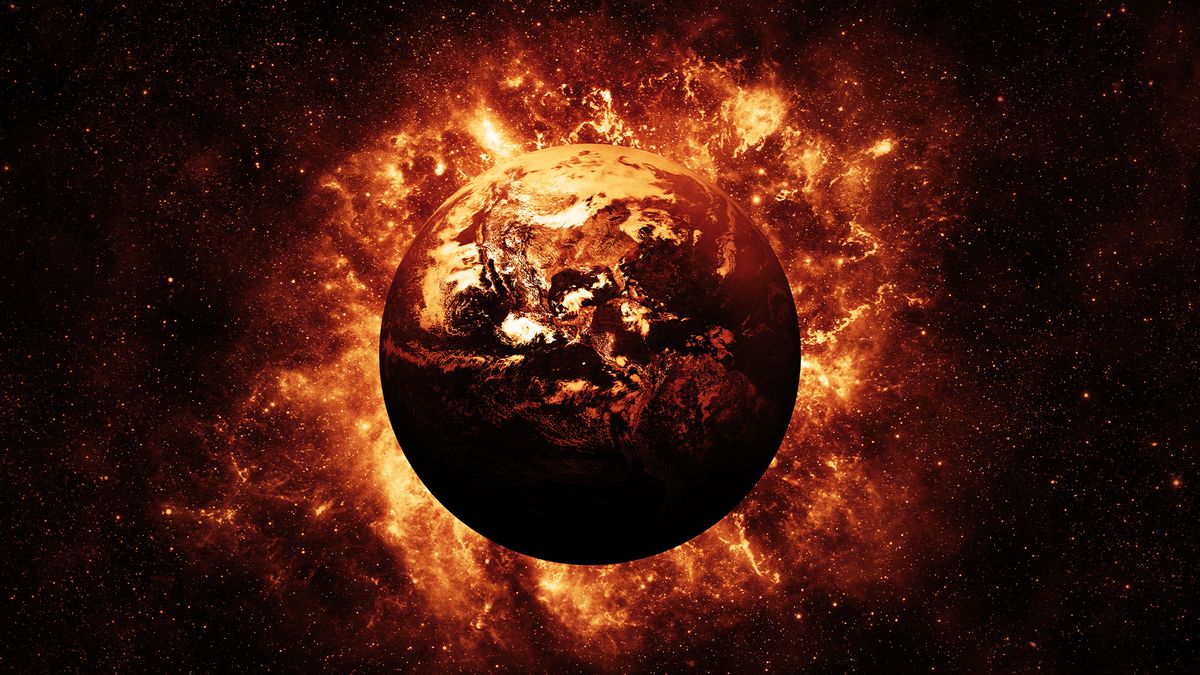Today, the sun is a crucial source of gravity and energy that will eventually lead to Earth’s demise. In a few billion years, Earth will be swallowed by the sun due to its natural evolution as a central star. However, life on Earth will become unsustainable much sooner than that.
According to experts, Earth will become uninhabitable for most organisms in approximately 1.3 billion years because of the sun’s evolution. Meanwhile, humanity’s actions causing climate change could lead to our extinction within the next few centuries.
The fate of Earth is intertwined with the solar system’s evolution. As the sun ages, it will eventually become a large red giant, engulfing Earth in about 4.5 billion years. When the sun runs out of hydrogen for nuclear fusion, it will begin to die and collapse under gravity, turning into a red giant, according to the European Space Agency.
But Earth is unlikely to survive that long, and humans will not be able to live on the planet as we know it. The sun’s dying process will cause extreme heat, evaporating the oceans and atmosphere and ultimately shredding Earth due to the sun’s gravitational forces.
As a result, Earth’s conditions will not be conducive for human life in about 1.3 billion years due to extreme heat and humidity. Once the sun’s luminosity increases by 20%, the oceans may evaporate in approximately 2 billion years. Some life may survive, but not humans, as extreme temperatures will threaten all complex life forms.
Rodolfo Garcia, an astronomy doctoral student, explained that humans have specific temperature needs and the Earth’s rising temperatures will inevitably make it unlivable for humans. Research suggests that dangerous temperatures are only a few degrees away, and certain regions on Earth are already reaching temperatures that threaten life.
In essence, human activities causing climate change will pose a threat to life on Earth before the sun’s eventual demise, making the next hundred years critical for human survival.


